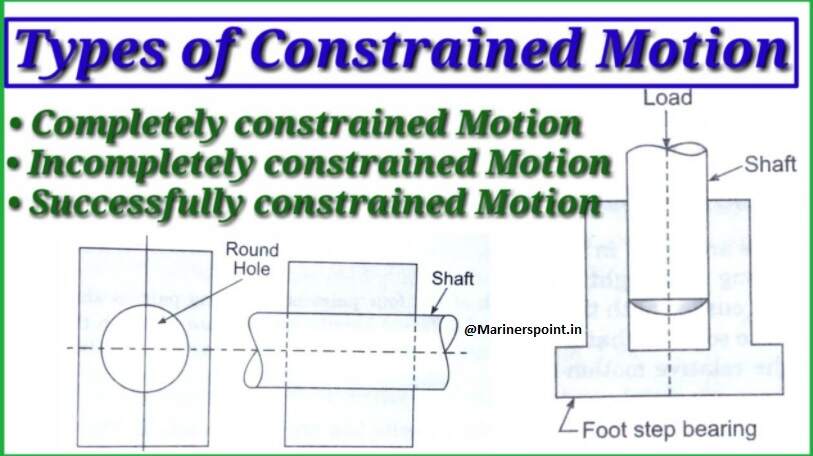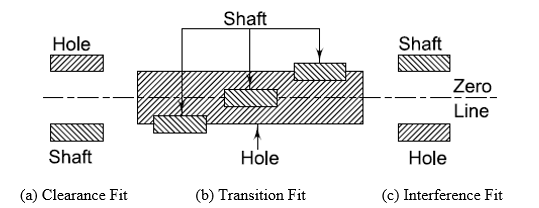State the causes of wear in cylinder liners.
Answer: The wear in the cylinder liner is mainly because of following reasons:-
i) Due to friction.
ii Due to corrosion.
iii) Abrasion
iv) Scuffing or Adhesion
Frictional Wear: Whenever two surfaces slide over each other, friction is produced which leads to wearing down of both the surfaces. In liner wear, the surfaces are piston rings sliding over the cylinder liner. The frictional wear depends upon various factors like speed of movement between the surfaces, material involved, temperature, the load on engine, pressure, maintenance, lubrication, and combustion efficiency.
Corrosion: The cylinder liner wear due to corrosion is caused due to these reasons:
– Burning of heavy fuel oil in the combustion space:
This happens because heavy fuel oil contains high sulfur content. During combustion, acids are formed inside the space which should be neutralized by cylinder oil which is alkaline in nature. The production of acids will be more if sulfur content is more, leading to the formation of Sulphuric acid. Sulphuric acid is formed due to absorption of the condensate or moisture present inside the combustion space.
– Lower combustion chamber temperature because of reduced service load:
As the low load operation of the marine engine is gaining popularity, it also leads to low temperature in the combustion chamber. If the cylinder oil quantity is not matched properly with the load, it may lead to corrosion of liner. Sulphuric acid corrosion is found more in the lower part of the liner as the temperature of jacket water is very low. Corrosion due to sulfur will be high due to the presence of water in fuel and condensate in the air. This wear is generally seen between the quills. The wear near the quills enlarges and gives a characteristic of the clover leaf shape to the wear pattern. This phenomenon is called clover leafing.
Abrasion :-
This type of cylinder liner wear is due to the hard particles present and formed during combustion. Catalytic fines in the fuel, the ash formed during the combustion, metal swarf, dust and accumulated wear particles in the lube oil cause abrasive wear.
The abrasion wear rate is higher at TDC and BDC of the liner. Once the abrasive wear hits the surface, due to exposure of metal without protection, it is highly susceptible to corrosion wear too.
Adhesion or Scuffing :-
This is a form of local welding between the particles of piston rings and the liner surface. As the piston is moving inside the liner, the welding which has occurred breaks and leads to the formation of abrasive material. The abrasive material will increase the rate of wear of the liner. This is generally caused by insufficient lubrication due to which a large amount of heat is produced and microscopic welding of rings and liner surface takes place. Due to this type of wear the liner loses its properties to adhere cylinder oil to the surface. One more reason or this phenomenon is polishing of the surface caused by scuffing, giving liners a mirror finish





